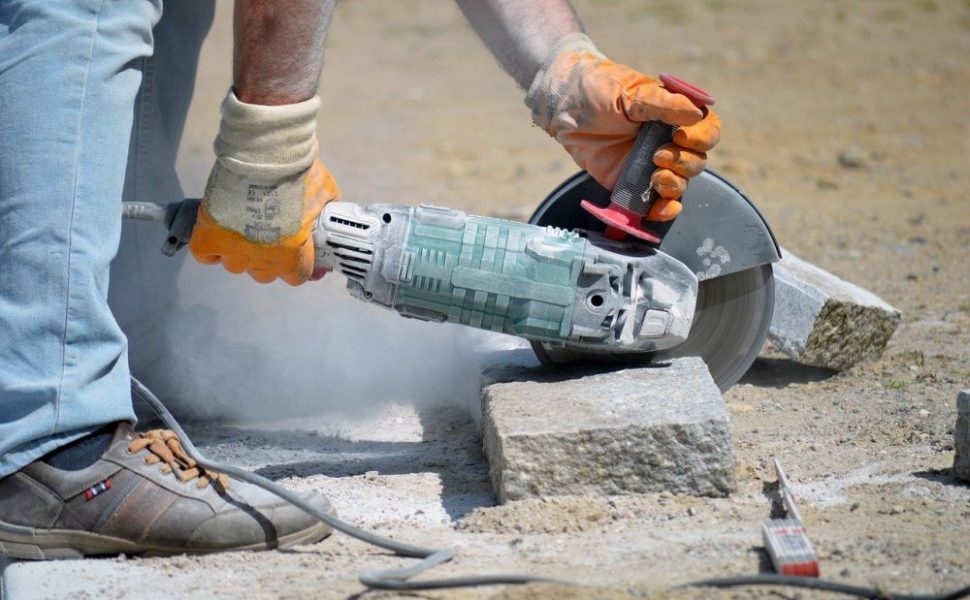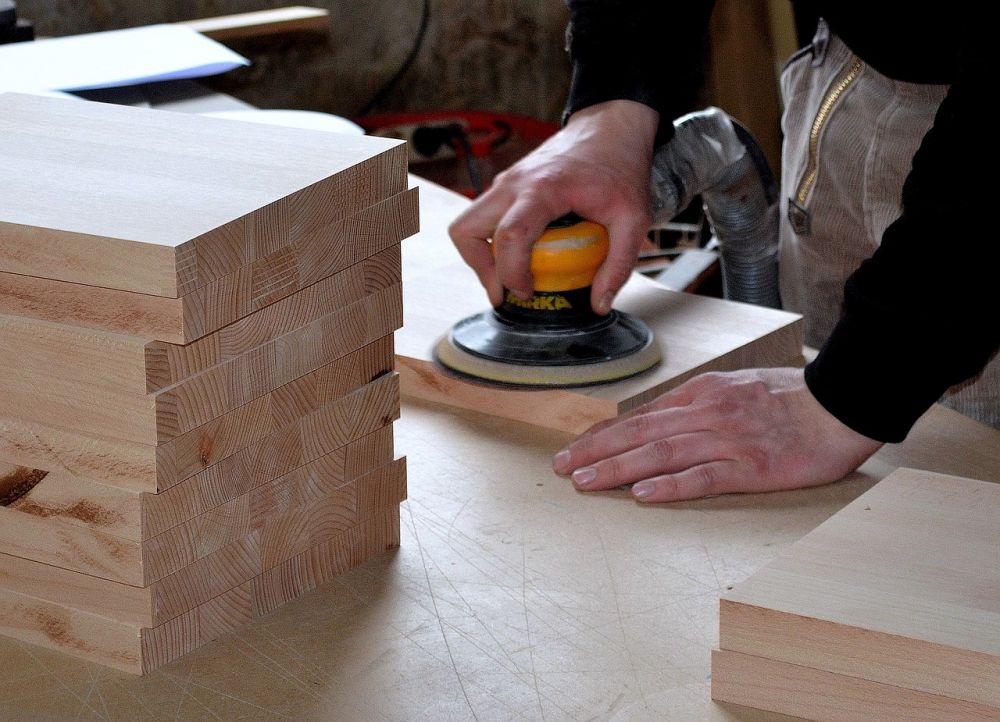Renovera stol – Ge din gamla möbel nytt liv

Introduction
Renovating chairs has become a popular trend among homeowners looking to refresh their furniture without breaking the bank. In this article, we will provide a comprehensive overview of chair renovation, covering its definition, types, popular choices, quantitative measurements, differences between various renovation techniques, and a historical analysis of the pros and cons associated with different approaches. Whether you’re a DIY enthusiast or seeking professional assistance, this article will guide you through the world of chair renovation.
What is chair renovation?

Chair renovation involves refurbishing or restoring a worn-out or outdated chair to give it a new lease on life. It can range from simple cosmetic changes like reupholstering or painting to more complex processes like repairing broken parts or completely reimagining the design. Chair renovation not only adds visual appeal but also extends the lifespan of the furniture.
Types of chair renovation
1. Reupholstering: One of the most common types of chair renovation is reupholstering, which involves replacing the fabric or leather covering. This can be done to match changing interior design trends or to restore the chair to its original aesthetic.
2. Refinishing: Refinishing a chair typically involves sanding down the existing finish and applying a new one. This can be done to restore the chair’s original appearance or to give it an entirely different look.
3. Repainting: If you’re looking for a quick and affordable way to update your chair, repainting is a great option. It allows you to change the color and style of the chair without the need for extensive dismantling.
4. Repairing and restoring: Sometimes, a chair may require structural repairs or restoration to fix broken parts or address issues like wobbly legs. This type of renovation ensures that the chair is not only visually appealing but also functional.
Popular choices for chair renovation
1. Mid-century modern: Mid-century modern chairs, known for their sleek lines and iconic designs, are a popular choice for renovation. Restoring these chairs to their original condition or giving them a modern twist can add a retro touch to any space.
2. Vintage and antique chairs: Renovating vintage and antique chairs can bring charm and character to a room. Restoring these unique pieces while preserving their historical value is a rewarding process for many enthusiasts.
Quantitative measurements of chair renovation
When considering chair renovation, several quantitative measurements can help you make informed decisions. These include the costs associated with different renovation techniques, the time required for each process, and the overall impact on the chair’s value.
Differences between chair renovation techniques
The various chair renovation techniques mentioned earlier differ in terms of complexity, costs, time, and desired outcomes. Reupholstering, refinishing, and repainting are often less time-consuming and affordable compared to repairing and restoring a chair. However, the latter can provide a higher level of authenticity and quality if professionally executed.
Historical analysis of pros and cons
1. Reupholstering: Pros – Allows for customization, cost-effective alternative to buying new chairs, preserves the chair’s original frame. Cons – Limited ability to fix structural issues, may not fully restore the chair’s original aesthetics.
2. Refinishing: Pros – Restores the chair’s original appearance, creates a smooth and durable finish. Cons – More time-consuming and labor-intensive, requires skill to achieve a professional result.
3. Repainting: Pros – Cost-effective, allows for creativity and transformation. Cons – Limited ability to fix structural issues, may affect the texture and feel of the chair.
4. Repairing and restoring: Pros – Revives function and aesthetics, enhances the chair’s value. Cons – Generally more expensive and time-consuming, requires professional expertise for complex restoration work.
Conclusion
Chair renovation offers a cost-effective and sustainable solution for updating and preserving your furniture. Whether you choose to reupholster, refinish, repaint, or repair, each technique brings its own advantages and considerations. By understanding the different types of chair renovation, quantitative measurements, and historical implications, you can make an informed decision that suits your style, budget, and preferences. With a renovated chair, you can transform your living space while contributing to a more sustainable lifestyle.
Video: Watch a step-by-step tutorial on reupholstering a chair to gain insights and guidance on tackling your own renovation project. Whether you’re a beginner or experienced DIYer, this video will provide helpful tips and tricks for achieving professional results.
Nondiscrimination policy: This article adheres to a nondiscrimination policy, ensuring equal rights and opportunities for all individuals, regardless of race, gender, ethnicity, or background.
















































